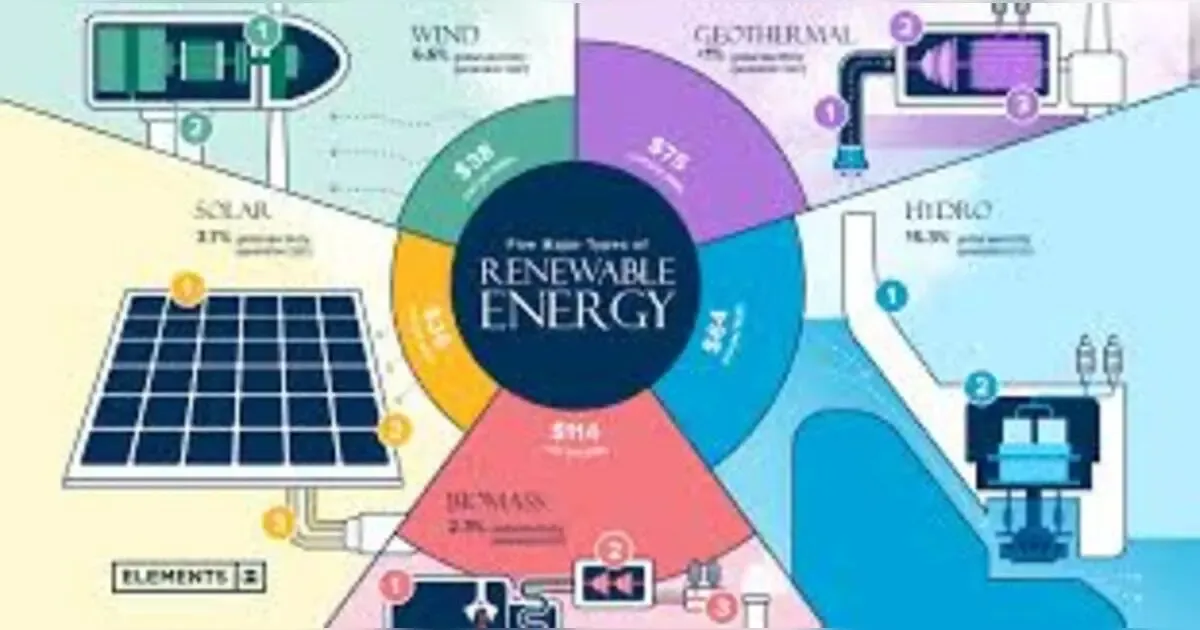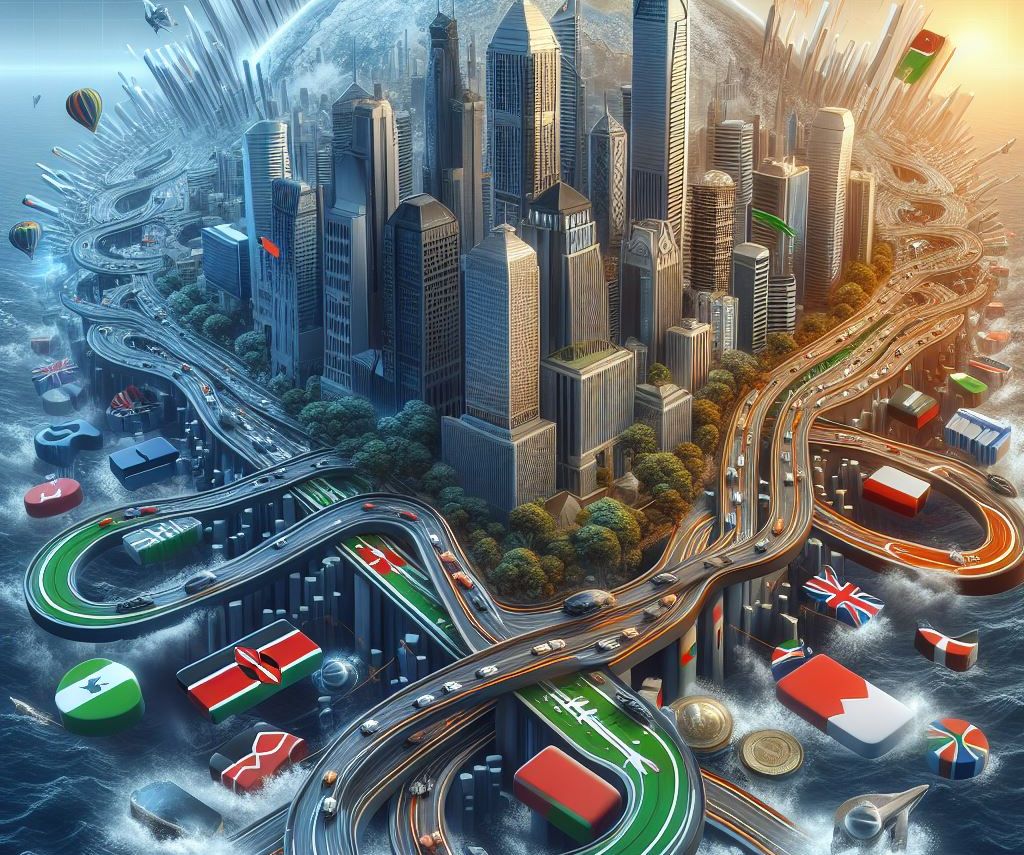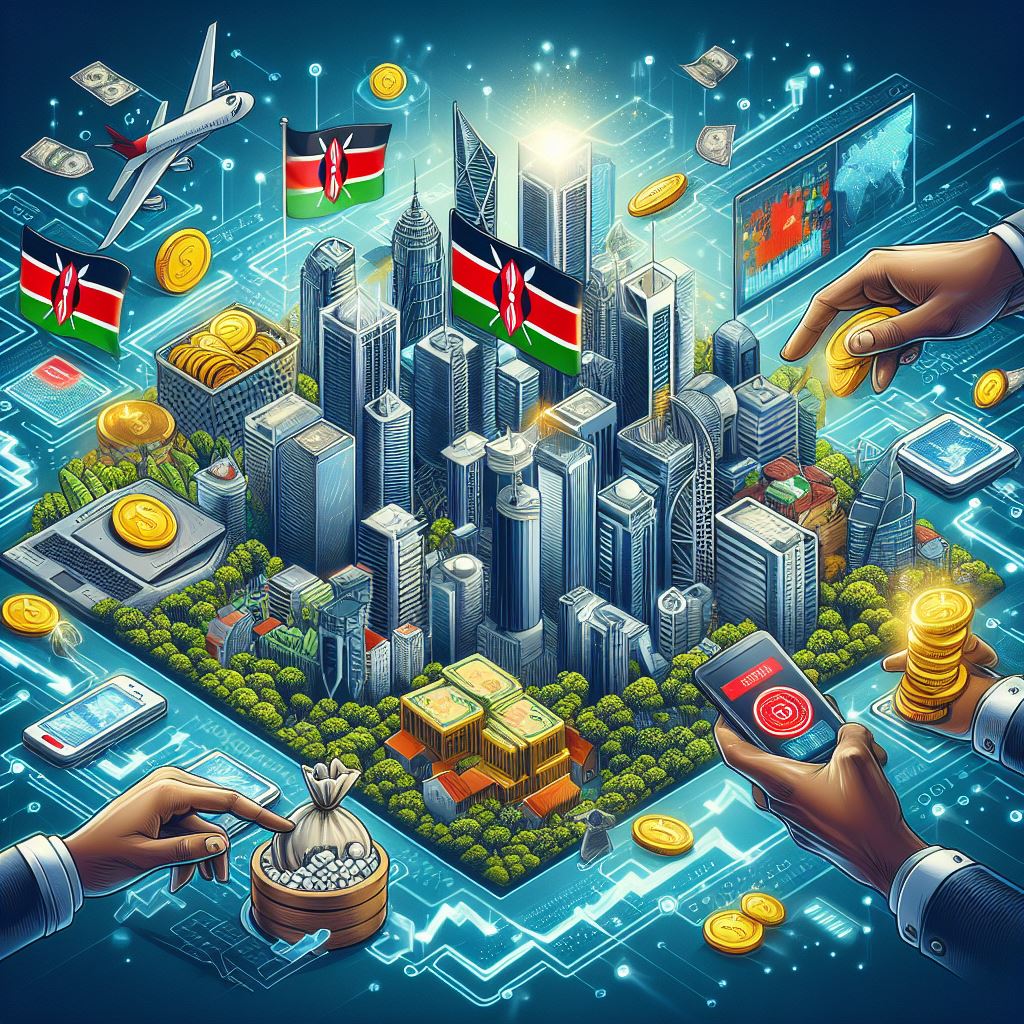Climate change is already altering our planet by disrupting ecosystems, weather patterns, and human societies, while renewable energy based on solar and wind, hydro, geothermal, and bio-energy is rapidly becoming cheaper and more efficient, providing an increasing number of jobs and increasing energy independence..
How Renewable Sources Are Reshaping Our World.
Introduction
Given that the world is approaching new challenges to fight climate change and the pollution of natural resources, renewable energy is a revolution in making. As long as supply of fossil fuels remain finite then energy such as solar, wind, hydro, geothermal and biomass are renewable sources that would drastically reduce greenhouse gases emissions. Therefore, in the last decade, many countries of the world are continuously financing their acceptable and sustainable renewables in anticipation of a healthier and cleaner future. In this article, we shall examine the various categories of renewable energy sources, the challenges that they eliminate and share toward the shift of nations. In this paper, referring to Mobil’s evaluation of the environmental impacts, the economic and technological aspect and the problems present on the global scene at the moment it will explain how renewables drive the energy revolution around the world.
The Urgency of Shifting to Renewable Energy
Fossil energy resources specifically hydrocarbon has been the prominent source of energy growth in any nation and economic development. But their effects cannot be ignored: emissions that contribute to climate change, pollution of air and water, on the international level. IEA notes that sustained use of traditional fuels represents more than ¾ of the world’s carbon emissions, a factor that has been identified to cause climate change. An increase in global temperatures not only leads to a direct increase in more severe and frequent disaster occurrences and the destruction of habitats, but also in potential for economic loss as well. Renewable energy holds out a promise of an antidote to the current methods of the destructive impact on the natural environment as societies are being powered. Sustainable energy is becoming more crucial to the transformation of our future as governments, corporations, and individuals understand the demand for renewable sources of energy.
The Growth of Renewable Energy
Renewable energy has been growing at exponential rates over the last two decades. Renewable energy sources particularly solar and wind are cheaper to produce electricity because of developmental improvements and volume production. For instance, the setting up of the solar photovoltaic have reduced to a staggering 89 percent of their cost value since year 2010 making solar energy cheaper in the entire world. Capital expenditure in renewable energy infrastructure investments is also rising through both the public and private sectors. This is because in the year 2022 alone, the investment made in the renewable energies was approximately $495 billion even though, in the early 2010s the figure was $160 billion. In recent years, countries worldwide have been setting very high-intensity renewable power goals for the future, and China, the United States, the EU, and many others are setting the pace. The goal is clear: to shift toward the reduction in carbon intensity in electric power sector and partial decrease in the fossil fuel supply.
Types of Renewable Energy Sources
Solar Energy
Solar energy is gathered in forms of solar photovoltaic electric generation or solar water heating systems. It is the largest energy resource we have on earth and it can provide energy many folds the current demand of the world. Solar energy doesn’t necessarily have to be large-scale solutions such as fields of solar panels providing power for an entire city. For instance, solar power’s implementation reveals its appropriateness in delivering power to distant and isolated locations that have no access to electricity supply networks. As the result, countries in sunny climates, such as the Middle East and Africa, are seeking to integrate solar power more and more to increase energy security and support domestic industries.
Wind Energy
Wind energy is manufactured utilizing wind currents and the usage of turbines to produce electricity. Comparatively, wind energy is of one of the fastest growing renewable sources, which can be developed as an economical and clean energy source in comparison with coal and gas based thermal power plants. Offshore wind farms specifically have emerged as an option because they do not need the nation’s scarce and valuable land to produce a significant amount of electricity. New technology and improvement in the blade of the turbine the wind power has become cheaper and efficient. Some countries with excellent wind resource mainly in the north-eastern region of Europe including UK and Denmark rely on wind energy to meet a large fraction of their electricity demand; some regions even produce more wind electricity than they consume.
Hydropower
Hydropower is one of the oldest renewable sources of energy as it converts the kinetic energy of the water into electricity normally using dams or run - of – river systems. Hydropower can be relied upon to offer basal power due its steady generation making it a reliable form of energy. Given that hydropower is renewable and non-emitting, it has its negative consequences on the environment. Big reservoirs can interfere with ecosystem in that areas, water fish and water circulation. Newer concepts in ‘small hydropower’ are trying to solve these problems by distributing energy with lesser geographical interference thus making hydropower a long-term solution.
Geothermal Energy
Geothermal energy is that energy which is originated from within the earth. Geothermal power is harnessed by exploiting what are called geothermal resources or reservoirs by drilling to wells to bring hot water or steam that is on the surface for the generation of electricity or direct use. Geothermal power plants do not give very high amounts of greenhouse gases compared to other power plants, and the energy it provides is constant, that is power supply 24/7.Countries with high volcanic activity, for example Iceland and some parts of the US have rich geothermal potential. For instance, Iceland derives about 85 per cent of its electricity from renewable sources led by geothermal power.
Biomass Energy
The opportunities for biomass energy include renewable plants and wood, agricultural residues and even dung. Biomass may then be converted to biofuels or can be burned to generate electricity. One reason, biomass is considered carbon-neutral is because, as the plants grow, they take in CO2 while they release it during burning. Nonetheless, biomass is sensitive and should be well handled in order not to lead to deforestation and rendering of the land barren. When it is properly utilized, biomass can integrate well with other forms of renewable energy, mainly in regions with a high density of organic waste produced in agricultural activities.
Transformative Impacts of Renewable Energy.
Environmental Benefits
The social benefits of utility solar energy may be the easiest to identify, particularly with regards to the environment. In the following ways renewable energy is beneficial since it reduces the reliance on fossil fuel: climate change is curbed, emissions of greenhouse gases, air and water pollution is also lowered. On the same note, availability of renewable resources such as wind and solar means that the systems do not consume much water in their generation unlike the conventional resources such as coal and nuclear that require much water to cool their systems. Environmentally friendly climate results to improvement of the health of the public through reduced rates of respiratory and cardiovascular diseases occasioned by polluted air and water. Make sure that energy is renewable not only for power sources but for the natural resources on the planet which help in putting a barrier on the depletion of the ecosystems.
Economic Growth and Job Creation
Renewable energy business is among the leading producers of employment opportunities and economic development. By 2022, the sector had engaged 12 million people worldwide and is likely to expand as investment goes on. Installation, maintenance, manufacturing and research jobs create and sustain economies of specific localities by offering relatively secure employment independent of fossil fuels. Other than generating employment opportunities, renewable energy has economic impacts such as decreasing cost of energy and risk of fluctuations in the global oil prices. Developing renewable energy sector is, therefore, a very strategic goal that can lead to increased energy security, and overall economic stability in countries that pursue this agenda
Energy Security
Remunerative energy also slows the dependence on imported fuel which is often unpredictable due to fluctuating world markets and hence achieve energy security. Small scale distributed renewable electricity generation such as home solar systems remove the ability of a national grid to cause power shortages as is being experienced in South Africa.More so, nations that invest in renewable infrastructure build their energy security. For example, the United Arab Emirates which is very rich in oil resources has considered solar energy as a source of power in energy mix to improve on security of energy supply. It helps protect against an adverse shift of fundamentals in the international oil market, conforming with sustainable economic and ecological trends.
Technological Innovation
Technological progress has accelerated primarily in the field of reusable energies, such as solar cells and more efficient wind power plants or functional battery storage. Energy storage is an area of interest as it helps to deal with the problem of irregular supply of solar and wind energy. lithium-ion battery and newer options such as solid battery storage make it possible to capture renewable energy and provide reliable electricity when the sun is off, or the wind is not blowing. Smart grid technology is another innovative technique related to renewable energy through improved interaction with existing power grid facilities. Smart grid or intelligent grid is an enhanced way of dispensing electricity that seeks to eliminate wastage and constantly balance supply and demand.
Conclusion
What started as a way to promote sustainable living has extended beyond the environment to redefine development across the sector lines. From improved air quality and enhanced productivity of ecosystems to employment creation and energy self-sufficiency, the gains accruing from renewable generators are numerous and comprehensive. While challenges remain, the trajectory is clear: Renewable energy is expected to be a key driver across the world’s energy mix. With the development in technology, and the increasing awareness of climatic change, renewables hold the future to a healthier and sustainable life. The choices made at present about embracing renewables will decide what kind of world we are passing on to future generations not merely restricted to environmental aspects, but also social organization and economy.


























